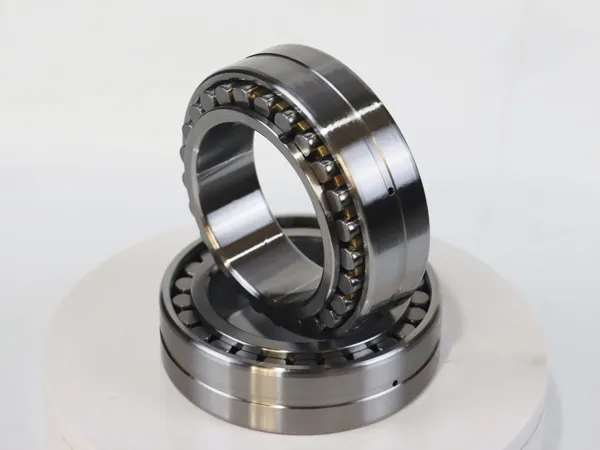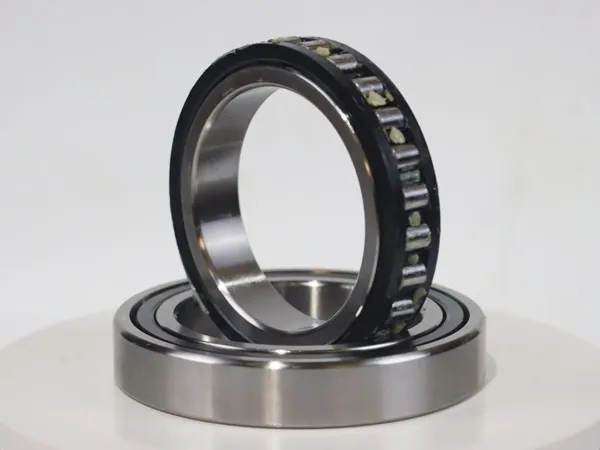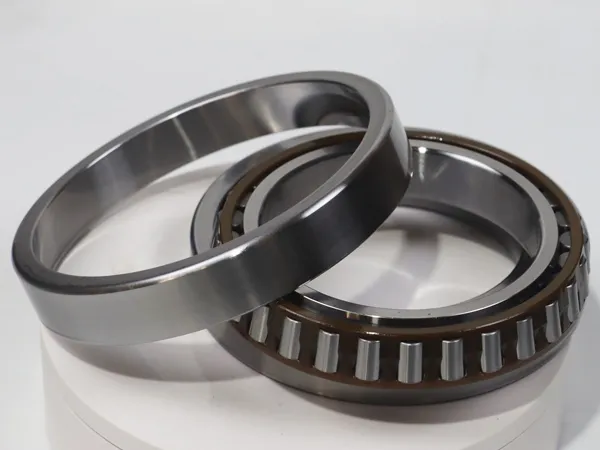A harmonic reducer, also known as a strain wave gear or harmonic drive, is a type of precision gear mechanism used for speed reduction in various applications, particularly in robotics, aerospace, and industrial automation. The harmonic reducer bearing is known for its compact size, high torque density, and accuracy. It operates on the principle of elastic deformation to achieve gear reduction.Here's an introduction to the main components and working principles of a harmonic reducer.

Wave Generator (Input Shaft): The wave generator is the input component that generates a wave-like motion, typically through an eccentric cam. This wave motion is transmitted to the flexspline.
Flexspline (Flexible Circular Spline): The flexspline is a thin, flexible, and toothed circular disc that deforms under the influence of the wave generator's motion. It is the output element of the system.
Circular Spline (Fixed Outer Gear): The circular spline is a rigid, toothed ring that meshes with the flexspline. It is fixed in place and provides the necessary reaction to the flexspline's deformation.

Elastic Deformation: The key principle of a harmonic reducer is the elastic deformation of the flexspline. As the wave generator rotates, it creates a wave motion in the flexspline, causing it to deform. The deformation allows the teeth on the flexspline to engage with the teeth on the circular spline.
Zero-Backlash: One of the advantages of harmonic reducers is their minimal backlash. Backlash is the play or clearance between gear teeth. In a harmonic drive, the meshing of teeth is achieved through elastic deformation, reducing or eliminating backlash.
High Torque Density: Harmonic reducers are known for their high torque density, meaning they can provide significant torque output in a compact and lightweight design. This makes them suitable for applications where space and weight are critical factors.

Precision and Accuracy: Harmonic drives offer high positional accuracy and repeatability due to their design and the absence of backlash. This makes them ideal for applications requiring precise motion control, such as in robotics and precision manufacturing.
Compact Size: Harmonic reducers are often more compact than traditional gear mechanisms, making them suitable for applications where space is limited.
While harmonic drives have numerous advantages, they also have some limitations, such as potential for wear over time and sensitivity to shock loads. Nevertheless, their unique design features make them valuable in various industries where precise and compact motion control is essential.
